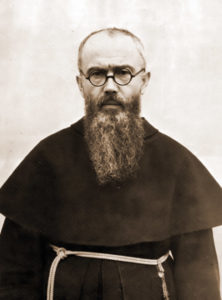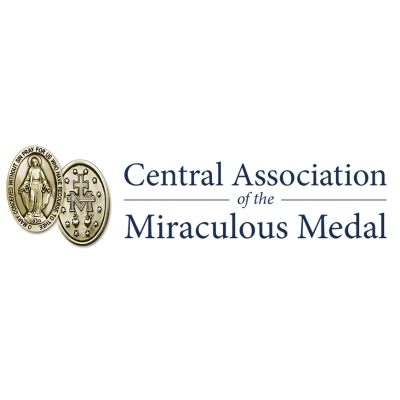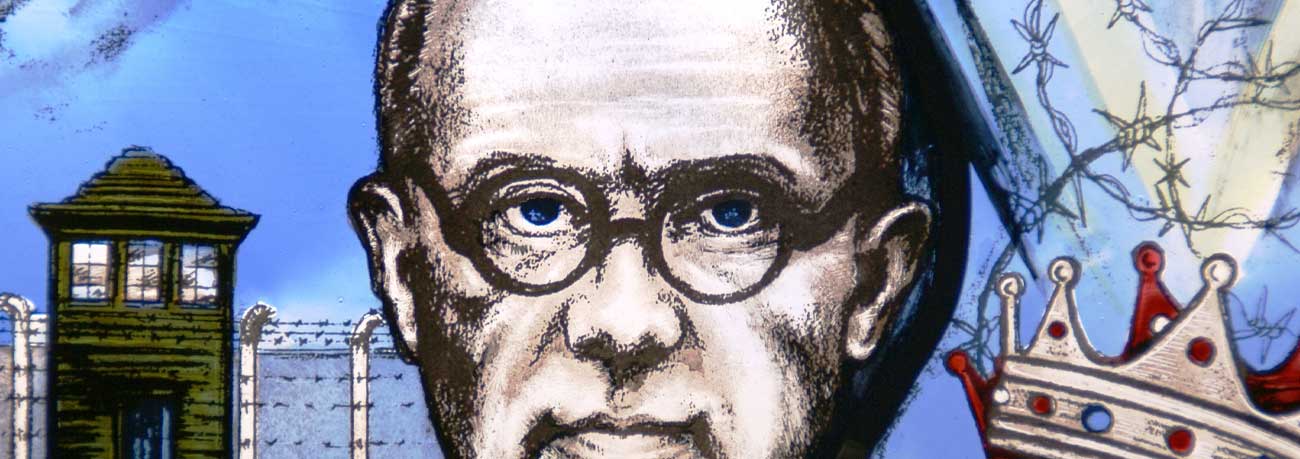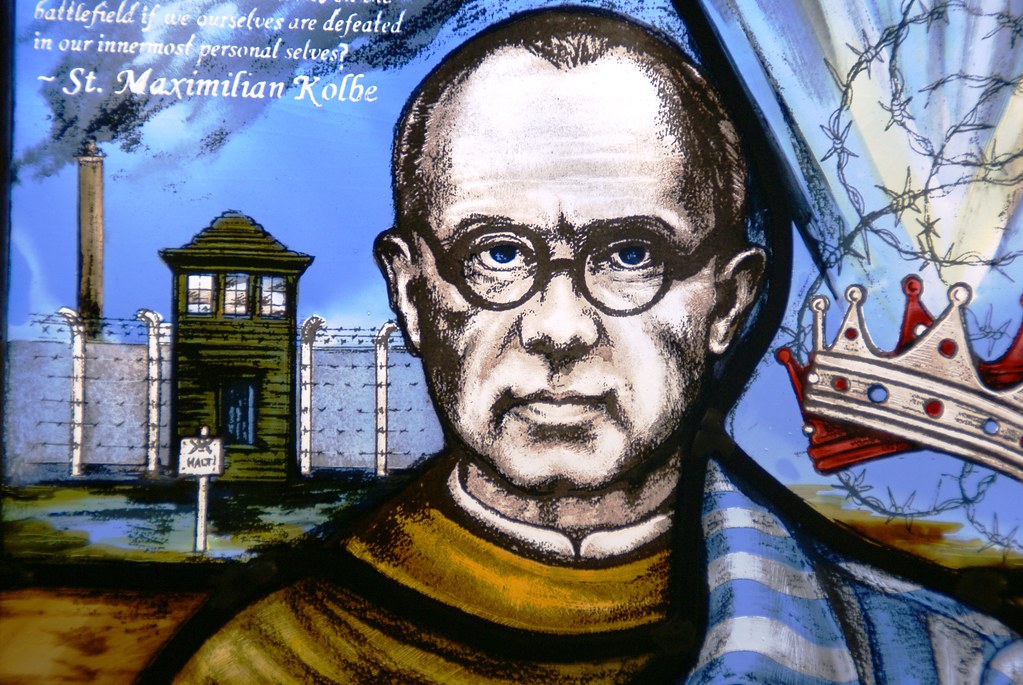Name that Saint: Saint Maximilian Kolbe
Name that Saint: Saint Maximilian Kolbe

During a time of hatred and political turmoil, Raymond Kolbe was born on January 8, 1894, the second of five sons born to Julius and Maria Kolbe.
As a young boy, Raymond had a mystical encounter with our Blessed Mother, who appeared to him and asked him to choose from two crowns: a red crown, representing martyrdom, and a white crown for purity. He chose both.
When he was only 13 years old, he and his older brother, Francis, illegally crossed the Russian/Austrian border—hiding in a haycart—to join the Conventual Franciscan junior seminary. A short time later, their younger brother, Joseph, joined them.
As a Franciscan novice, Raymond was given the name Maximilian (to which he later added “Mary.”) Noticing his incredible aptitude (he designed his own miniature rocket ship in 1915), Maximilian’s professors sent him to Rome for further studies. While in the Eternal City, he witnessed the Freemasons’ attacks against the Church and founded the Militia of the Immaculata to combat the lies they were spreading and to increase devotion to Mary Immaculate. Having read about the conversion of Alphonse Ratisbonne, a former Freemason, Maximilian was convinced of Our Lady’s power through her Miraculous Medal. To the prayer “O Mary, conceived without sin, pray for us who have recourse to thee,” he added a line, “And for all those who do not have recourse to thee; especially the Masons and all those recommended to thee.”
Simultaneous to his studies in Rome, World War I erupted, and his father joined the Polish Legions, who were fighting for Poland’s independence (at that time, the area of Poland in which they lived was under Russian occupation). Maximilian’s older brother, Francis, left the Franciscan Order to fight for Polish liberation, as well. In 1914, their father, Julius, was captured by Russian soldiers and hanged as an insurrectionist.
Maximilian was ordained a priest in 1918 and offered his first Mass at the Roman Church—and the very altar—where Our Lady appeared to Alphonse Ratisbonne. But Maximilian had an advanced stage of tuberculosis and was eventually sent away for treatment. This would not be the last time he’d need recuperation for this disease; it plagued him the rest of his life.
A few years later, with the help of lay brothers and his blood brother, Joseph, who was now Fr. Alphonsus, he started the magazine Knight of the Immaculata, to defend the faith and spread devotion to Mary. He also founded two friaries honoring Mary Immaculate, both of which grew to become self-sustaining towns and centers of evangelization, where printed materials were published. One was located near Warsaw (Niepokalanów), the other was built on the side of a mountain outside of Nagasaki, Japan (Maximilian was advised to build it elsewhere, but when the nuclear bomb hit Nagasaki, it remained standing, as did the Franciscans, who helped the injured and dying; it’s still a center of Franciscan work today).
With 1,500,000 periodicals and roughly 5 million readers (in Niepokalanów alone), these centers of evangelization were highly successful. Until World War II, that is. Within the first week, the Nazis plundered all the buildings and destroyed their equipment. St. Maximilian tried to restore whatever he could—he even printed one more magazine—but the Gestapo came and took him and four other Franciscans to the concentration camps. Maximilian ended up in Auschwitz.
Priests were treated worse than the other prisoners, and Maximilian, who was still struggling with tuberculosis, was given extra work. According to Auschwitz survivors, he handled everything with heroic love and generosity. At the end of July in 1941, he offered his life for a man condemned to death merely because a fellow prisoner escaped.
The Nazi soldiers threw Maximilian and nine others into dark prison cells where they starved to death. Instead of the usual cries of anguish, the sounds coming from their cells were hymns and prayer, which Maximilian led. Eventually their voices subsided to whispers. After two weeks, Maximilian was the only one still alive. On August 14, 1941, he was injected with carbolic acid. Bruno Borgowiec, an “assistant to the janitor and interpreter” and eyewitness of Maximilian’s last days, watched him lift “his arm to the executioner.” Later, he found “Fr. Kolbe leaning in a sitting position against the back wall with his eyes open and his head drooping sideways. His face was calm and radiant.’”
St. Maximilian Kolbe was beatified in 1971 by Pope Paul VI and was canonized in 1982 by Pope John Paul II. He is the patron saint of drug addicts, people with eating disorders, families, journalists, amateur radio operators, prisoners, and the pro-life movement.
“Let us let ourselves be carried by [Mary]; she will think of everything and take care of all our needs, of the soul and of the body. Let us give every difficulty, every sorrow to her, and have confidence that she will take care of it better than we could. Peace then, peace, much peace in an unlimited confidence in her… Above all, never let yourselves be troubled, never be frightened, never fear anything.” St. Maximilian Kolbe
Learn more about the Miraculous Medal, which St. Maximilian Kolbe said was the exterior sign of a person’s consecration to the Blessed Mother.
Get InSPIREd!
Sign up below and receive our monthly inspirational Newsletter dedicated to Mary!



